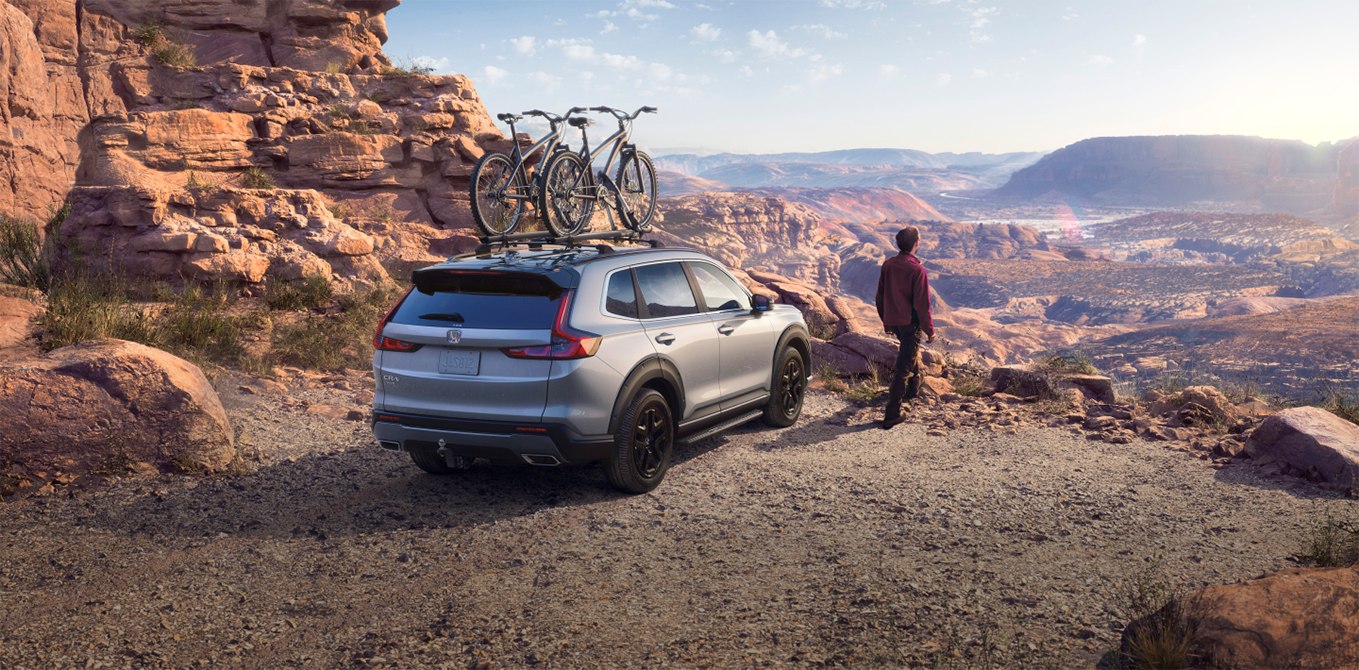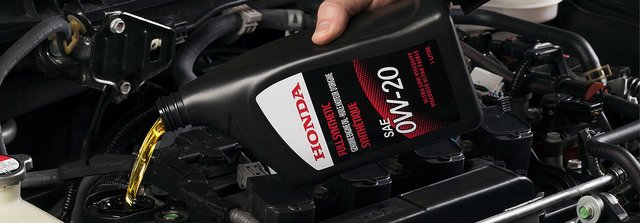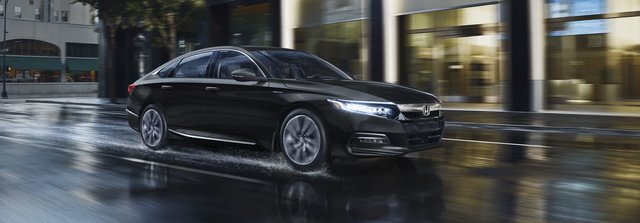Whether you are considering purchasing a new car or interested in the technical specifications of vehicles, you will undoubtedly come across the terms FWD, RWD, 4WD, and AWD. These terms refer to different types of propulsion that influence how engine power is distributed to the wheels. Understanding these acronyms and their differences can be very useful in making an informed decision about the car that best suits your driving needs. That's why Park Avenue Honda invites you to discover a brief overview of these systems.
Front-Wheel Drive (FWD)
Front-wheel drive, or FWD, is one of the most common types of propulsion in the market. In this system, the engine power is sent to the front wheels of the vehicle, which become responsible for both traction and steering. Front-wheel drive is appreciated for its simplicity, lightweight design, and energy efficiency, often resulting in better fuel economy. It is an excellent option for daily urban driving and normal weather conditions.
Examples: Honda Civic, Honda Accord, Honda Odyssey
Rear-Wheel Drive (RWD)
Unlike FWD, rear-wheel drive (RWD) sends the engine power to the rear wheels of the vehicle. Historically used in many cars, it is commonly associated with sports cars and trucks. RWD offers a better weight distribution between the front and rear axles, which can enhance performance and handling, especially in more spirited driving conditions. However, it may be less suitable for challenging winter conditions due to reduced traction on slippery surfaces.
Four-Wheel Drive (4WD)
Four-wheel drive, often referred to as "4X4," is designed for off-road driving and improved traction on slippery surfaces. In a 4WD system, the engine power is evenly distributed to all four wheels, allowing each wheel to receive equal traction. This system is usually manually activated or deactivated and is ideal for drivers who frequently traverse challenging terrains or encounter more extreme weather conditions. While less practical for everyday road driving, 4WD can be energy-consuming and may result in reduced maneuverability.
All-Wheel Drive (AWD)
All-Wheel Drive (AWD) is similar to 4WD in that it sends power to all four wheels, but it operates in a more sophisticated manner. Unlike 4WD, which is usually manually activated, AWD is an intelligent propulsion system that can automatically adjust the torque distribution between the wheels based on driving conditions. This means it can provide better traction on slippery surfaces without requiring manual intervention from the driver. Offering improved stability in various weather conditions, this type of propulsion is becoming increasingly popular for its convenience.
Examples: Honda CR-V, Honda HR-V, Honda Pilot, Honda Ridgeline
While all these propulsion systems have their advantages and drawbacks, only your needs and driving habits can indicate the right choice to make. At Park Avenue Honda, the offered models come equipped with both FWD and AWD systems due to their versatility and efficiency in Quebec's climate. Benefit from the advice of experts at Park Avenue Honda and find the model that suits you best by following the link below.












